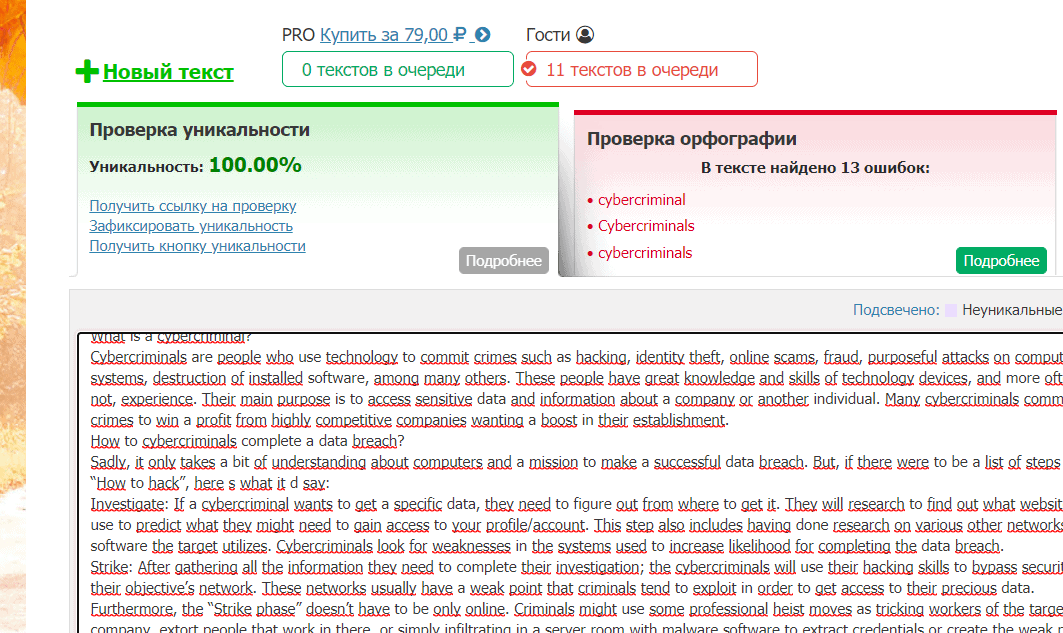Data breaches happen when a cybercriminal hacks into your data and steal information. This can be done in two different ways: by hacking your password and accessing your personal computer or, most commonly, through breaching the network, which is hacking your computer from an existing network.
What is a cybercriminal?
Cybercriminals are people who use technology to commit crimes such as hacking, identity theft, online scams, fraud, purposeful attacks on computer systems, destruction of installed software, among many others. These people have advanced knowledge and skills of technology devices, and more often than not, experience. Their primary purpose is to access sensitive data and information about a company or another individual. Many cyber criminals commit such crimes to win a profit from highly competitive companies wanting a boost in their establishment.
How to cybercriminals complete a data breach?
Sadly, it only takes a bit of understanding about computers and a mission to make a successful data breach. But, if there were to be a list of steps for “How to hack,” here´s what it´d say.
Investigate
If a cybercriminal wants to get specific data, they need to figure out where to get it. They will research to find out what websites you use to predict what they might need to gain access to your profile/account. This step also includes research on various other networks or software the target utilizes. Cybercriminals look for weaknesses in the systems used to increase the likelihood of completing the data breach.
Strike
After gathering all the information they need to complete their investigation, the cybercriminals will use their hacking skills to bypass security in their object’s network. These networks usually have a weak point that criminals tend to exploit to get access to their precious data. Furthermore, the “Strike phase” doesn’t have to be only online. Criminals might use some professional heist moves as tricking workers of the target company, extort people that work in there, or merely infiltrating in a server room with malware software to extract credentials or create the weak point necessary to get access.
Leak
At this point, the criminals already have access to the company network. This is just the culmination of their job. They get in there and steal all the data they need to sell it or just use to make a buck.
What should I do if I am under attack?
Not only large multinational companies get data leaks. Smaller companies are also a significant potential target for cybercriminals since they don’t have the latest network security, becoming an easier job for them.
The recommendation for businesses and individuals is, of course, is to be prepared before it happens. Establish a sound defense system and store reserve copies of all strategic data with reliable solutions, such as Nakivo office 365 backup. Don’t neglect using a protocol of action in case of receiving a cyber-attack. The most important thing is to detect security breaches as soon as possible, especially those that might give criminals easy access to the credentials of the workers who have access to the databases. In the event of an attack, it is necessary to carry out such an action plan to close the gap and minimize the consequences. Besides, experiencing an attack always becomes an excellent opportunity to improve the security plan and the internal IT infrastructure. These steps will help avoid future attacks, not to mention the opportunity to report the information received during the attack to the relevant authorities, as data thieves can also be exposed despite working remotely.
In short, information today is worth its weight in gold, and bank robbers have also modernized. They have learned techniques of infiltration, extortion, and enough technical information to put the entire cybersecurity department of the largest companies in the world in check.


